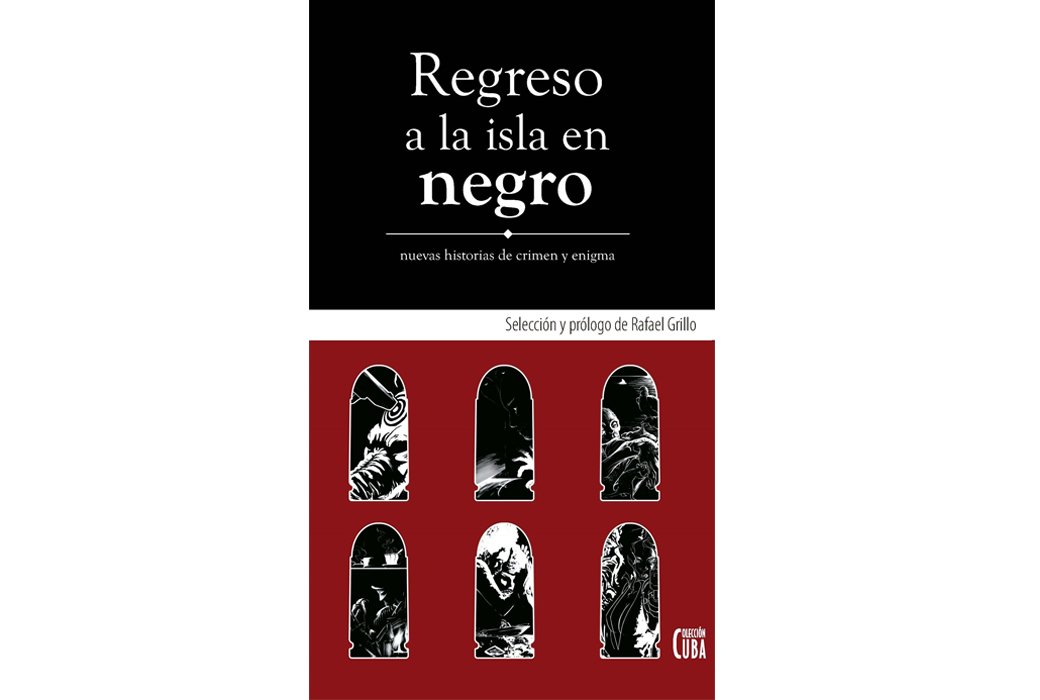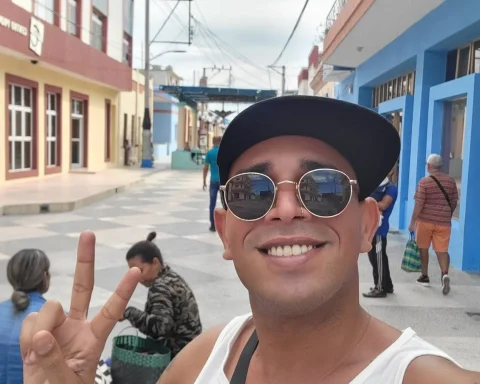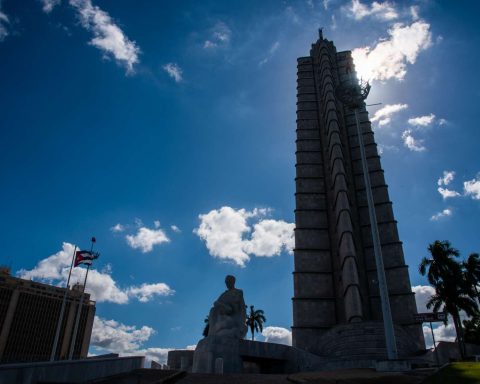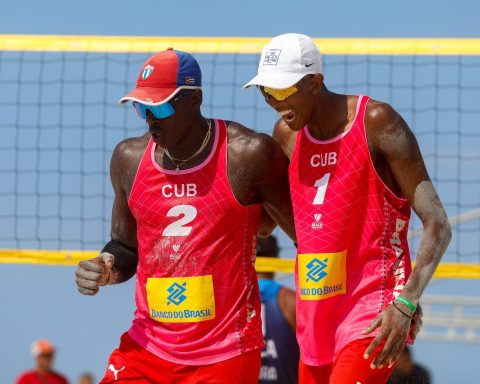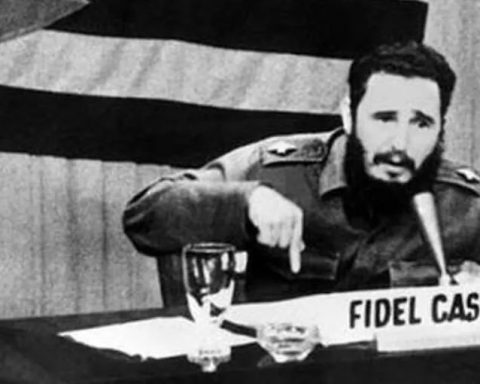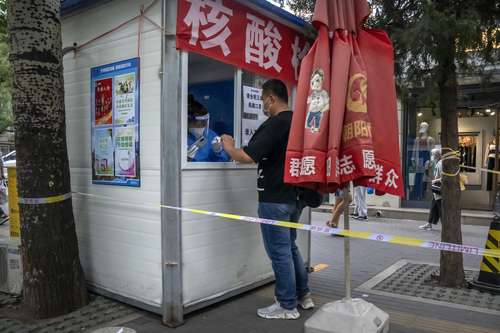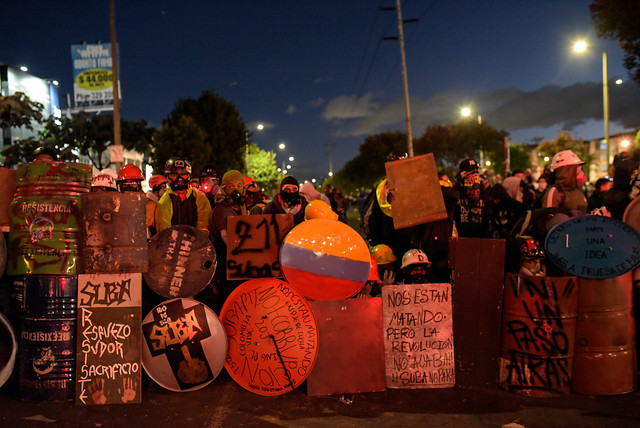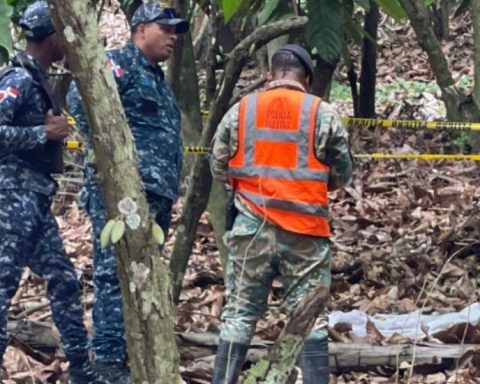As “crime and enigma stories” have been cataloged the thirty pieces of short narrative that are gathered under the title return to the island in black (Ed. Hurón Azul, Madrid 2022). This collection of stories was prepared and prefaced by Rafael Grillo, teacher, journalist and narrator, and its name refers to a similar volume from 2014, compiled by Leopoldo Luis García and Grillo himself, and which at the time was one of the most notorious Public successes of the Havana Publishing House April: island in black.
The qualifier “black”, I think, does not fit at all to this meritorious editorial effort. As is known, the genus was typified by Raymond Chandler in his essay The simple art of killing (1950) as “the novel of the professional world of crime”. And in this 388-page title there are many stories that go beyond the closed realm of criminals and law enforcement officers. It constitutes, to put it quickly and perhaps not too badly, a fresco of today’s Cuba, seen from its most painful angles. That yes, the general tone of the stories goes beyond the mere police investigation -when there is one- to delve into the social fabric that conditions the transgressions of the law, be it a murder, a white collar crime or it is about human trafficking. In other words, the discovery of the commissioners of the crimes is not as important as their motives, and that attitude, that point of view, does correspond to the initial proposal of authors such as Chandler, Hammett and Cain, founding paradigms of this literary current. .
But, at this point in the 21st century, who is interested in the purity of genres and aesthetic orthodoxy? What the reader wants is to receive stories of sufficient thematic interest and narrative solvency, that move both his thoughts and his most primary emotions, if both hemispheres of the mind could be separated. And at this point it is mandatory to point out that Return… more than meets expectations.
Along with those of authors with greater international circulation, such as Leonardo Padura, Pedro Juan Gutiérrez and Amir Valle, I find, among others, very notable stories by Lorenzo Lunar, María del Carmen Muzio, Mario Brito, Leopoldo Luis García, Luis Pérez de Castro, Danny Echerri, Elizabeth Lunar and Yamilet Garcia.
Although that of the beginnings is always a debatable matter, the beginning of the police genre in Cuba can be fixed around 1948, the date on which Lino Novás Calvo began to publish a series of stories of that nature in the magazine Bohemia. 1 Other notable milestones are the putting into circulation, in 1955, of the novel the glass eye, by Leonel López-Nussa (Ed. Constancia, Mexico); the appearance in 1971 of Riddle for a Sundayby Ignacio Cárdenas Acuña, quite an event, with which the “crystal key” of the “revolutionary Cuban police officer” is activated, which branches out into the espionage subgenre with novels such as And if I die tomorrow (Luis Rogelio Nogueras) and Joy (Daniel Chavarría), both from 1977. The Ibero-American neo-police has its first expression on the island with Perfect past (Mexico, 1991), by Leonardo Padura, which ushers in Cuban literature one of the most endearing characters of the late twentieth century and as far as the twenty-first: the atypical detective Mario Conde, quirky, disenchanted, romantic hero of strong ethics, which would later develop into the tetralogy The four Seasons and in some later volumes.
As shown in return to the island in blackCuban police literature and its surroundings are in an excellent moment, with a strong presence of female writers, since the old Manichaean schemes have been transcended, the deficient designs of the positive characters, beings of a piece, of untouched purity, with whom it was very difficult to tune in: more archetypes than people exposed in their contradictory diversity.
The Achilles’ heel of Cuban literature continues to be its dissemination beyond our beaches, although from the coastline inwards it cannot be said that our authors are the object of systematic and well-structured promotion actions that contribute to creating hierarchies and shortening the distances between potential readers and creators. In this sense, projects such as the anthology that concerns us here can contribute to the more effective knowledge of the workers of the artistic word on the Island, a lonely job and poorly paid?, but of capital importance in the development of any society.
Return to the Island in Black answers some constant questions on a universal scale, given the peculiarity of our history in the last six decades: what are Cubans like?, how is their day to day?, what needs trouble them and what circumstances exalt them?… I already said that it is a cut in the Cuban contemporaneity, and not precisely because of its friendlier side, the one that is also hard to know.
Now it is necessary for some publishing house in the courtyard to make available to Cubans, its natural audience, this volume that will surely be a reference, both for the good selection of texts and for the substantial prologue and the essential chronology that accompany it.
***
Note:
1 In 1926 the magazine Social serialize the novel puppets, a kind of exquisite police corpse in which eleven authors from the Retail Group participated. Among these are Jorge Mañach, Rubén Martínez Villena, Carlos Loveira, Enrique Serpa and Alfonso Hernández Catá. Chronologically speaking, it is the beginning of the Cuban police. I give the narratives of Lino Novás Calvo as the starting point of the genre in Cuba because of his highest literary hierarchy.
